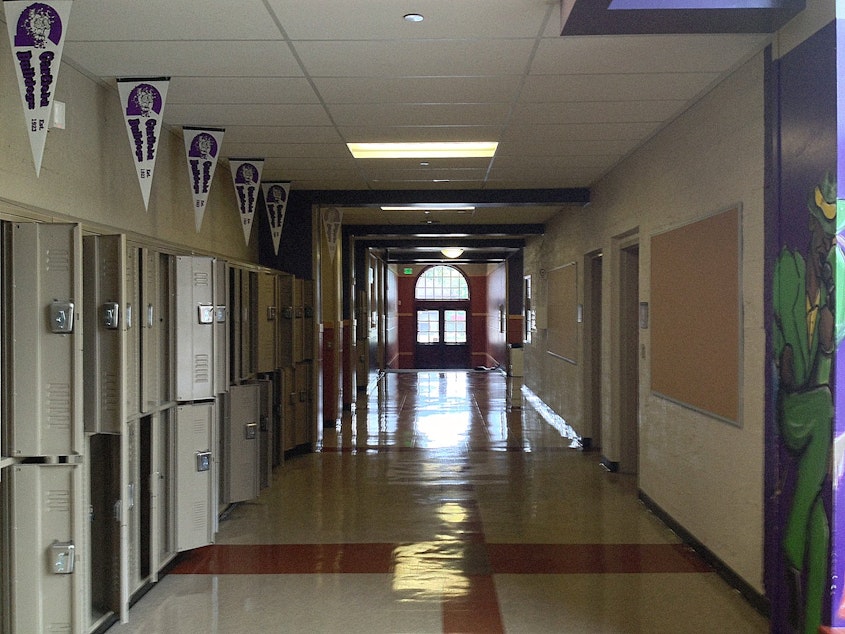Seattle schools will continue remote learning in the fall, could later implement outdoor education

The Seattle School Board voted to restart classes remotely this fall, and left the door open for outdoor classes for some students if the district moves to a hybrid learning model.
Much of the school restart plan remains to be decided, however, by the district and teachers union in ongoing negotiations.
As the pandemic persists, families, educators, and politicians have grappled with the conflicting need to maintain social distancing while also meeting the needs of students who are most vulnerable to falling behind.
"I cannot in good conscience ask our staff, students and community to be in spaces together," Seattle Schools Superintendent Denise Juneau said ahead of a unanimous vote to adopt the district's plan for state regulators, which combines hands-on and independent digital learning.
District officials have emphasized that the plan it is sending to the state Office of Superintendent of Public Instruction is merely a template — especially with teachers union negotiations still underway and fluctuating health guidance.
RELATED: How can Seattle Schools improve remote learning this fall?
The return to online learning includes a removal of the "E" from the district's grading criteria, the equivalent of a traditional "F." The plan also offers less rigid attendance rules for families who may be experiencing internet connectivity issues, for example, or have work-related conflicts.
Sponsored
"The attendance procedure that we have in place is not meant to be punitive at all," said Wyeth Jessee, the district's head of student support services. "Actually, it's meant to be the opposite, to provide the flexibility, so that we can have excused absences wherever possible."
While the plan does include block scheduling for students, "schedules would need to be tailored for the individual needs of the schools and the students," said Clover Codd, the district's chief of human resources.
The district has outlined a number of procedures should students eventually return to school buildings in the 2020-21 year, including reduced-capacity busing and socially distanced pick-up and drop-off.
The district has identified 10 schools in particular as candidates for outdoor instruction. That would be offered to students receiving special education services, and those enrolled in developmental preschool and Head Start programs.
The district’s upcoming school year is slated to operate on a typical, 180-day calendar, the details of which are subject to change, pending union negotiations.
Sponsored
Also yet to be decided: the first day of school; the type and amount of training educators will receive before returning to the virtual classroom; whether teachers will be allowed to keep working from home or required to teach remotely from school buildings; and whether the highest-need special education students will be allowed to get some in-person instruction.
Negotiations between the district and union have been tense, and have gone on far longer than scheduled. The school year was slated to start in three weeks.




